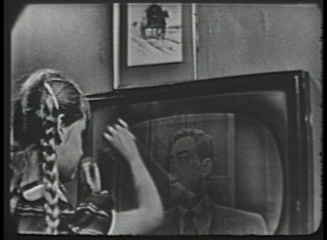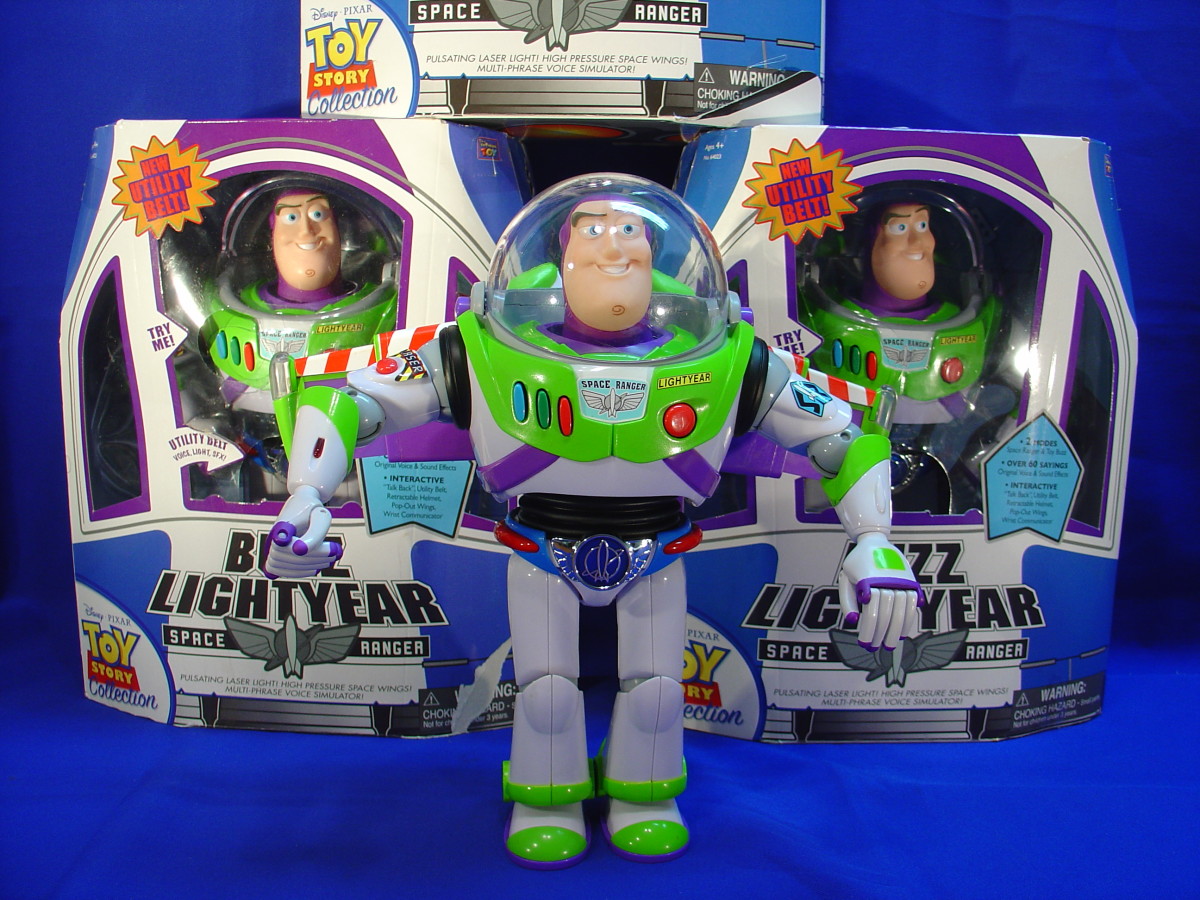Original Interactive TV: The Winky Dink Show


The Start of Interactive Technology
Does anyone remember The Winky Dink Show? Way back when, on each Saturday, I remember my sister standing guard over our black and white television. As I remember, it was a CBS television show for children somewhere between 1953 to 1957.
The show was hosted by Jack Barry, and revolved around a cartoon character named Winky Dink and his dog Woofer.
Virtually, Winky Dink was the first interactive TV show, ever! But, even in those days, marketing was alive and thriving. In order to enjoy and 'be' part of the action, you had to have the “magic drawing screen” and and the very special Winky Dink crayons. The kit simply consisted of a piece of vinyl plastic which stuck to the screen via static electricity, which kids could then draw and connect dots right along with the character. Every kid, who was high-tech absolutely had to have this kit!
The kit was sold for somewhere around 50 cents, and I remember my sister checking our mailbox everyday to see if her magic screen had arrived. Once that darn kit came, many times our TV screen was transformed from black and white to a big green-grayish eyeball looking contraption. Of course, way back then, that was about as close to color TV as anyone got.
The show, created by Harry Prichett, Sr. and Ed Wyckoff, showcased Jack Barry and the incompetent Mr. Bungle (Dayton Allen), as they introduced Winky Dink attired in plaid pants, tousled hair and big round eyes.
Winky Dink always had an adventure or story to tell, and this was when the kits at home would be prompted to draw something to help him finish the story. For instance, sometimes he needed a bridge so he could cross a river, or a cage to trap a wild animal.
The most and best part about owning the “magic screen” was that sometimes Winky Dink would send secret messages to his viewers! Of course, back then we used an antenna to get the TV signal, and sometimes something could interfere with the clarity of the picture. The screen might become covered with snow (as we called it) or maybe an airplane would scramble the picture into an unrecognizable maze. Oh, boy! For miles around, my sister's voice became more like a fog horn or an air-raid siren!
But, back to the secret message! The screen would show vertical lines of the letters that would make up the secret message, and you had to have the “magic screen” to quickly trace them. Then a second set of horizontal lines would be shown, and these would fill in the letters and reveal the secret message! Of course, the secret would be some stupid sentence, like, 'never play with fire' or some other crap, but nonetheless, you just had to have that 'magic screen' as one day the message might be really big!
Kids loved the Winky Dink show, and it was super successful in the 1950s. It was revived for 65 episodes between 1969 and 1973, but production was halted because of concerns about radiation from TV sets affecting kids. However, there was another reason the show disappeared, and that was because the producers were bombarded with complaints from parents about kids drawing on the TV screens without using the magic screen!



